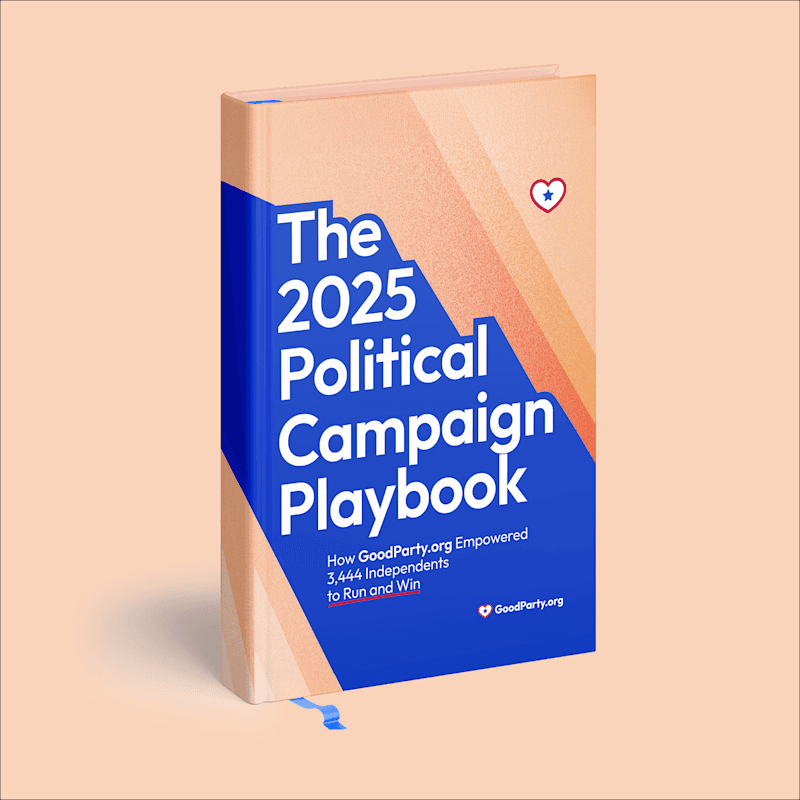
Hard Money vs. Soft Money in Campaign Finance
Campaign contributions can be divided into two categories: hard money and soft money. Hard money refers to money that is donated directly to a candidate. Soft money refers to funds that are donated to political parties to support the party at large.
Soft money is not subject to the same FEC regulations as hard money, making it a potential loophole for individuals, corporations, interest groups to funnel more money into American elections.
Hard Money vs. Soft Money: What’s the Difference?
No matter big or small a political campaign, there will almost always be money involved. Running an effective campaign, especially at the state or federal level, can cost thousands or even millions of dollars.
Here are some key points to know about hard and soft money in elections:
Hard money is the contributions made to individual candidates to help with their campaign financing and ensure they have enough campaign visibility to sway public opinion.
Since hard money is money given to a specific candidate, there are certain rules by the Federal Election Commission (FEC), which is a third-party regulation body, that need to be followed.
Hard money is also sometimes referred to as “federal funds.”
Soft money is money given to a political party, not a specific candidate.
Since soft money is money given to a party, the FEC rules are less stringent.
Soft money is not regulated by federal campaign finance laws, because these funds are intended for “non-federal” activities such as issue advocacy and voter registration.
Individuals with specific interests in a particular candidate often donate hard money. Many times, soft money comes from organizations that support a specific cause, rather than a specific candidate.
Hard Money and FEC Regulations
As mentioned above, hard money faces more stringent FEC regulations than soft money. For the 2023-2024 federal election cycle, candidate committees must abide by the following contribution limits on money received from various sources:
Up to $3,300 per election from an individual donor
Up to $2,000 per election from another candidate committee
Up to $5,000 per election from a multicandidate political action committee (PAC)
Up to $3,300 per election from a non-multicandidate PAC
Up to $5,000 per election from state, district, and local party committees
Up to $5,000 per election from a national party committee
These limits are designed to check the amount of money that any one individual or organization can donate directly to a political candidate. Candidates must report their campaign donations and spending to the FEC to ensure that their campaigns are abiding by these guidelines.
This makes hard money fairly straightforward to trace. Soft money, on the other hand, has historically been more difficult to trace.
Soft Money and the Bipartisan Campaign Reform Act
The role of soft money in campaign finance has evolved significantly over the years. Historically, soft money played a crucial role in campaign finance by allowing political parties to raise and spend large sums of money without the strict limits and disclosure requirements that apply to hard money. This distinction allowed political parties to use soft money to indirectly support their candidates by funding activities that could influence federal elections, while technically not violating campaign finance regulations.
However, the Bipartisan Campaign Reform Act (BCRA) of 2002, also known as the McCain-Feingold Act, significantly restricted the use of soft money in federal elections. The BCRA prohibited national political parties from raising or spending soft money for activities that could affect federal elections. It aimed to close the previous loophole that allowed large, unregulated contributions to influence federal election outcomes indirectly.
Just how much did soft money influence federal elections prior to 2002? Data provided by OpenSecrets reveals that between 1991 and 2002, the national party committees received $1,526,133,949 in soft money. Two-thirds of those funds came from organizations, rather than from individual donors.
Also concerningly, the amount of soft money the national party committees received increased greatly each presidential election year:
In 1992, the party committees received over $88 million in soft money.
In 1996, the party committees received over $243 million in soft money.
In 2000, the party committees received over $456 million in soft money.
Following the passage of the BCRA, soft money has continued to influence campaign finance through other channels. The rise of independent expenditure groups and PACs, including Super PACs, has provided new avenues for large, unregulated campaign contributions to flow. These groups can raise unlimited sums of money from individuals, corporations, and unions, as long as they do not coordinate directly with candidates or parties. While this money is not technically considered soft money, it serves a similar purpose by influencing elections without the same level of transparency and regulation that applies to direct campaign contributions.
In summary, the role of soft money in campaign finance has shifted from direct party support to influencing elections through independent groups. This evolution reflects the ongoing debate about the balance between protecting free speech and preventing undue influence in the political process.
The Need for Campaign Finance Reform
Though legislation like the Bipartisan Campaign Reform Act (BCRA) has helped to limit the influence of soft money in federal elections, there is still much to be done to create a fair and transparent electoral system.
In addition to the issue of hard vs. soft money, dark money is also a major concern for reform-minded individuals. Dark money is the funds contributed by groups that are not required to disclose their donors — meaning, essentially, that these donations come from anonymous sources. The amount of dark money contributed to political campaigns during presidential election years has steadily increased, similarly to the way that the amount of soft money increased prior to the passage of the BCRA in 2002.
There are a number of proposed strategies to help increase transparency in campaign finance and reduce the outsized influence of money in politics. Here are a few of the most notable:
Public financing of elections
Establishing firmer campaign contribution limits
Requiring stricter disclosures of donors and expenditures
Tightening restrictions on soft money
Regulating Super PACs and independent expenditure groups
Establishing democracy voucher programs
As more and more money pours into the 2024 presidential elections and beyond, it is important to consider new and innovative solutions for reforming campaign finance. One innovative solution in particular is to reduce the influence of the two-party system, which often fuels the perpetual increase in campaign spending. By supporting independent candidates who pledge to accept the majority of their funding from real, individual donors, we can stand up for meaningful change.
Want to learn more about how independent candidates play a role in reforming campaign finance? Explore more articles about campaign finance here.

